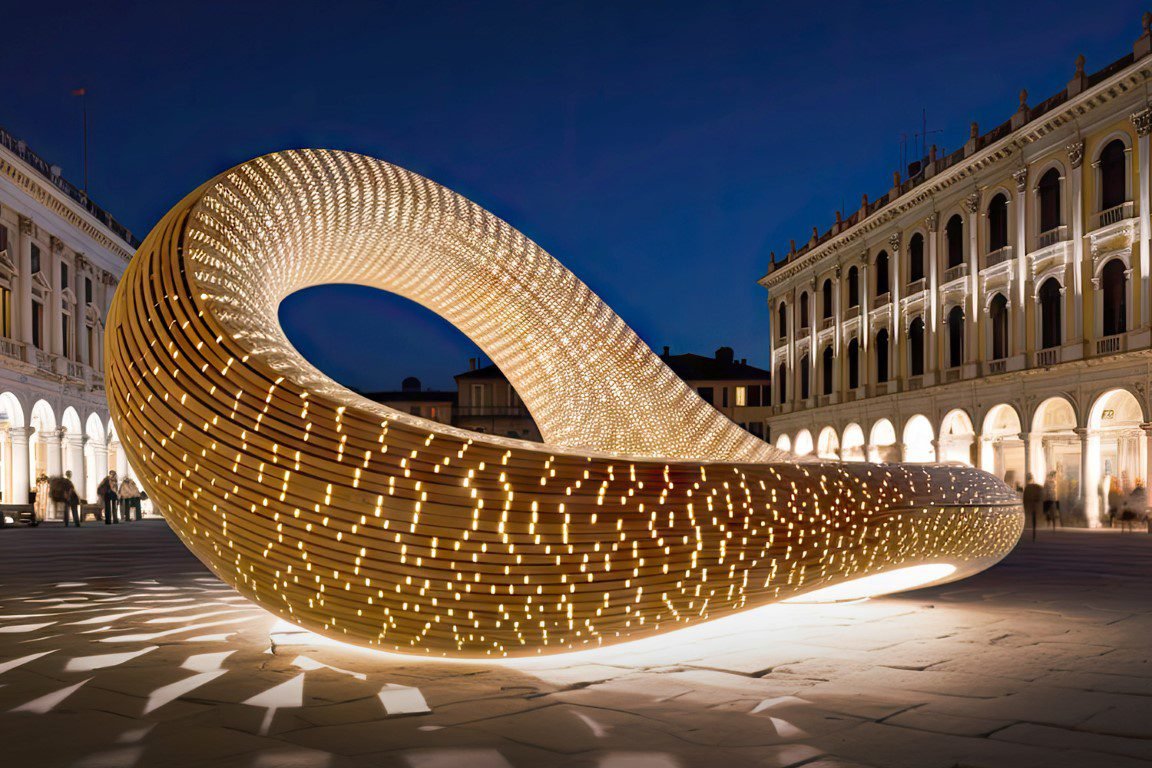Choosing between architecture thesis topics is a big step for students since it’s the end of their education and a chance to show off their creativity and talents. The pursuit of biomaterials and biomimicry, a focus on sustainable design, and the use of AI in architecture will all have a significant impact on the future of architecture in 2025.
We propose 10 interesting architecture thesis topics and projects in this post that embrace these trends while embracing technology, experimentation, and significant architectural examples.
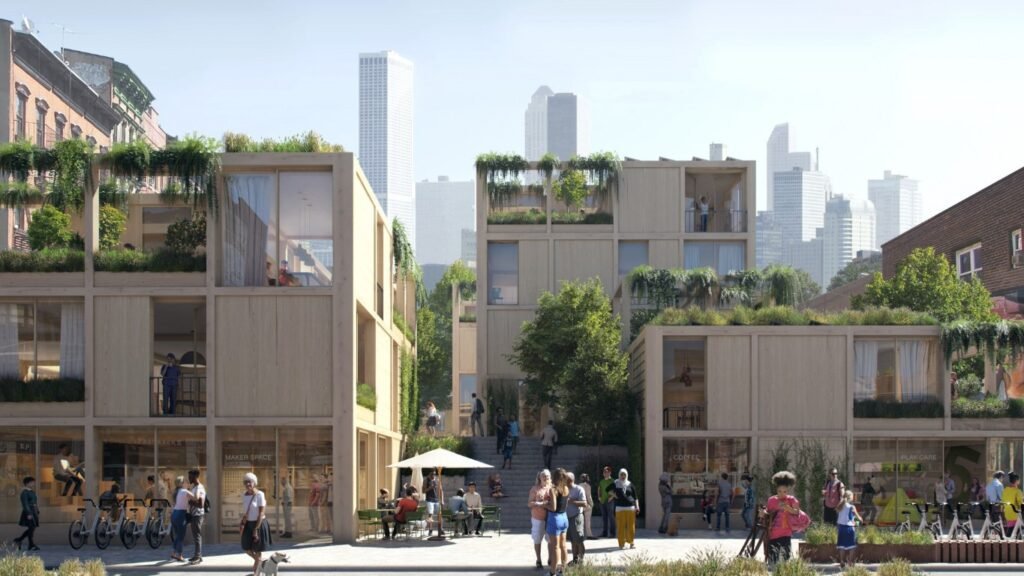

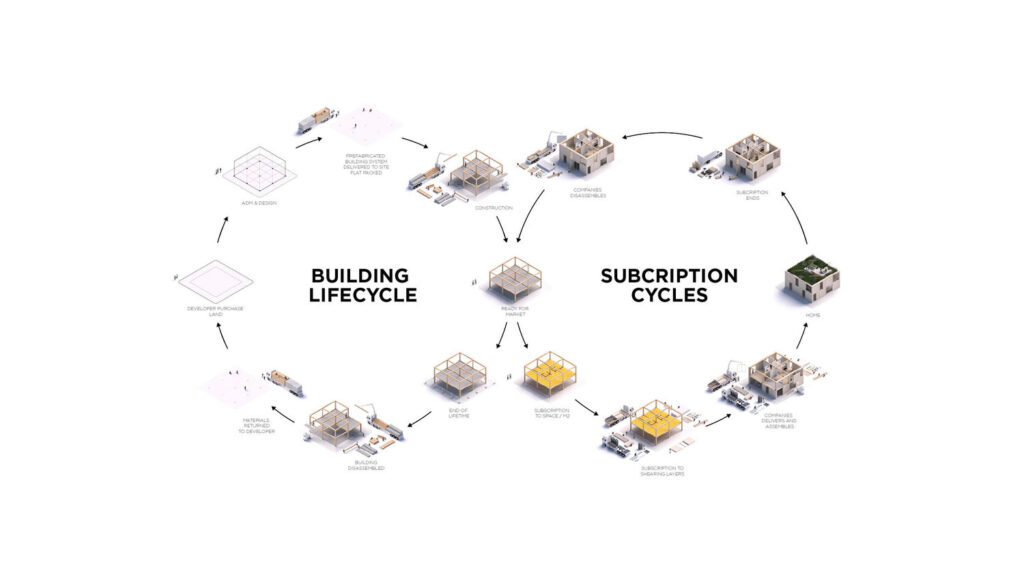
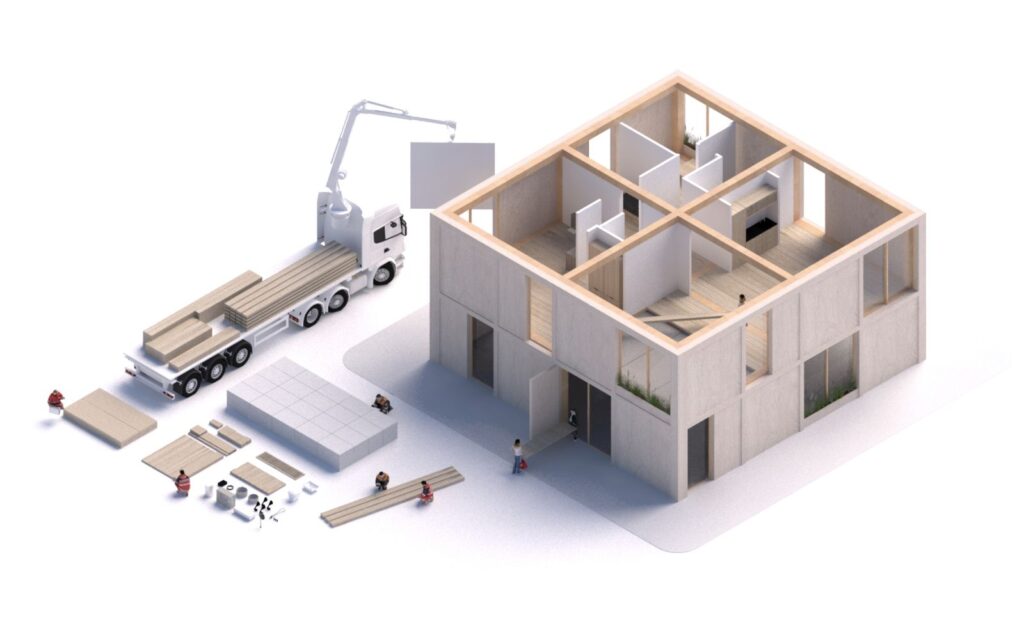
Architecture Thesis Topic #1 – Sustainable Affordable Housing
Project example: Urban Village Project is a new visionary model for developing affordable and livable homes for the many people living in cities around the world. These architecture dissertation topics, concept stems from a collaboration with SPACE10 on how to design, build and share our future homes, neighborhoods and cities.
“Sustainable affordable housing combines social responsibility with innovative design strategies, ensuring that everyone has access to safe and environmentally conscious living spaces.” – John Doe, Sustainable Design Architect.


Architecture Thesis Topic #2 – Parametric Architecture Using Biomaterials
Architecture thesis projects like this example: Parametric Lampchairs, using Agro-Waste by Vincent Callebaut Architectures The Massachusetts Institute of Technology’s (MIT) “Living Architecture Lab” investigates the fusion of biomaterials with parametric design to produce responsive and sustainable buildings. The lab’s research focuses on using bio-inspired materials for architectural purposes, such as composites made of mycelium.
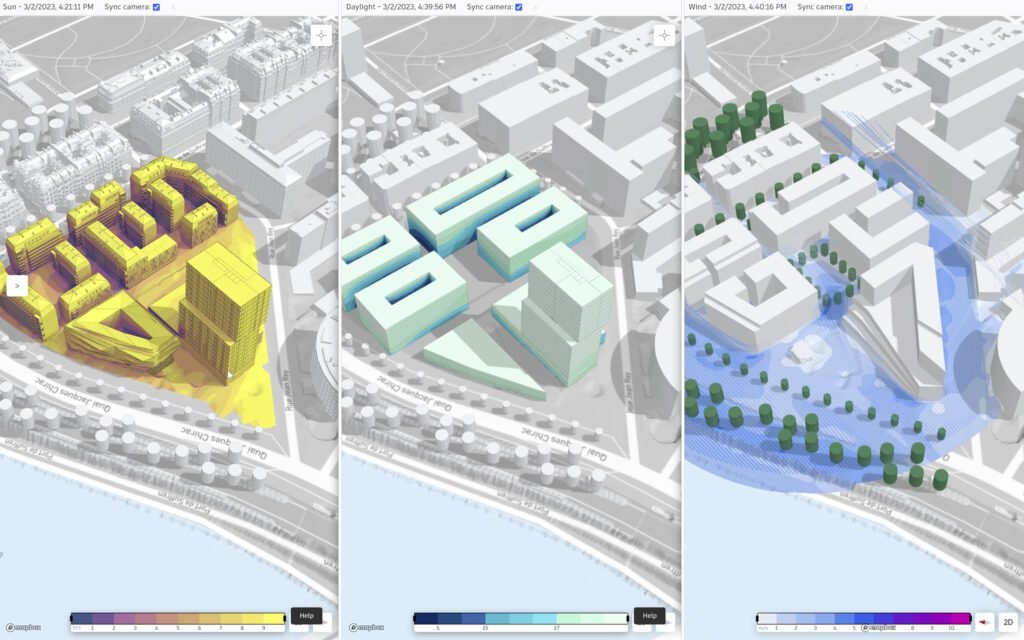
Architecture Thesis Topic #3 – Urban Planning Driven by AI
Project example: The University of California, Berkeley’s “Smart City” simulates and improves urban planning situations using AI algorithms. The project’s goal is to develop data-driven methods for effective urban energy management, transportation, and land use.
“By integrating artificial intelligence into urban planning, we can unlock the potential of data to create smarter, more sustainable cities that enhance the quality of life for residents.” – Jane Smith, Urban Planner.
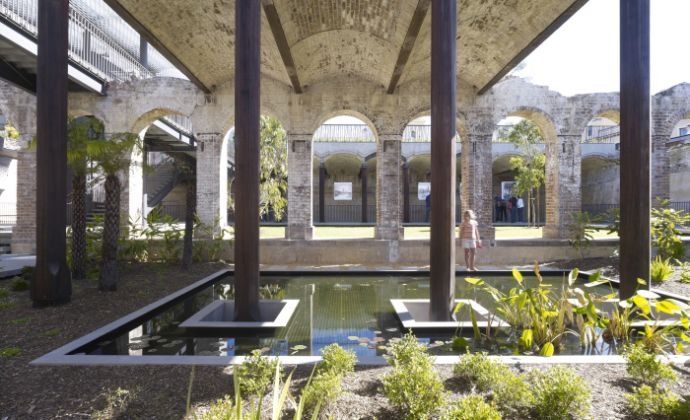
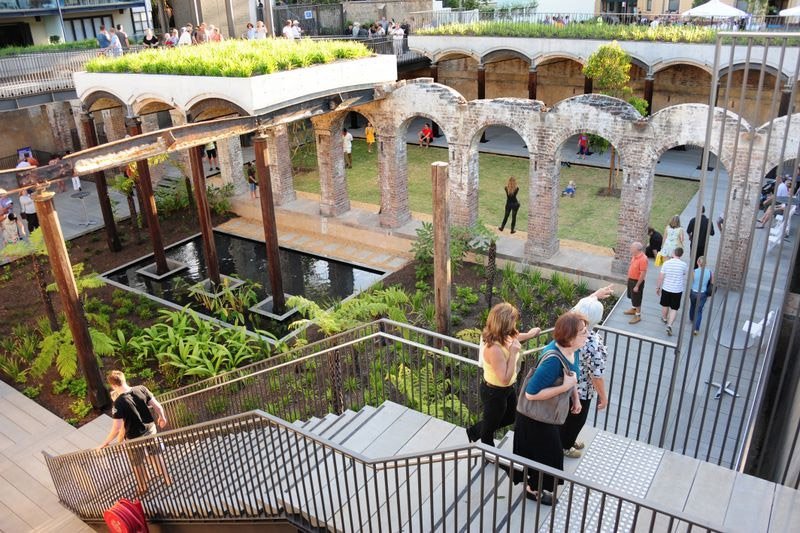
Architecture Thesis Topic #4 – Adaptive Reuse of Industrial Heritage
From 1866 to 1878, Oxford Street’s Paddington Reservoir was built. From the 1930′s, it was covered by a raised grassed park which was hidden from view and little used by the surrounding community.
Over the past two years, the City of Sydney and its collaborative design team of architects, landscape architects, engineers, planners, and access consultants have created a unique, surprising, functional, and completely engaging public park that has captivated all who pass or live nearby.
Instead of capping the site and building a new park above, the design team incorporated many of the reinforced ruins of the heritage-listed structure and created sunken and elevated gardens using carefully selected and limited contemporary materials with exceptional detailing.

Architecture Thesis Topic #5 – Smart and Resilient Cities
Smart cities today are one of the most sought after master of architecture thesis topics. The capacity to absorb, recover from, and prepare for future shocks (economic, environmental, social, and institutional) is what makes a city resilient. Resilient cities have this capabilities. Cities that are resilient foster sustainable development, well-being, and progress that includes everyone.
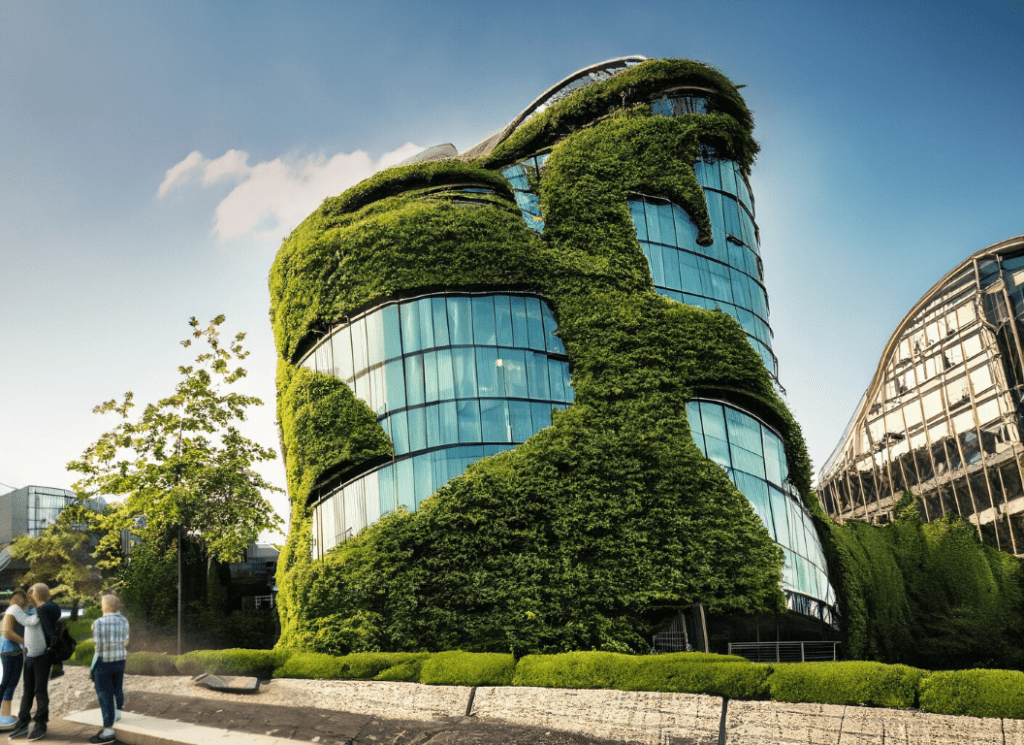
Architecture Thesis Topic #6 – High Performing Green Buildings
The LEED certification offers a foundation for creating high-performing, sustainable structures. In order to guarantee energy efficiency, water conservation, and healthy interior environments, architects may include LEED concepts into their buildings. To learn more check our free training to becoming LEED accredited here.
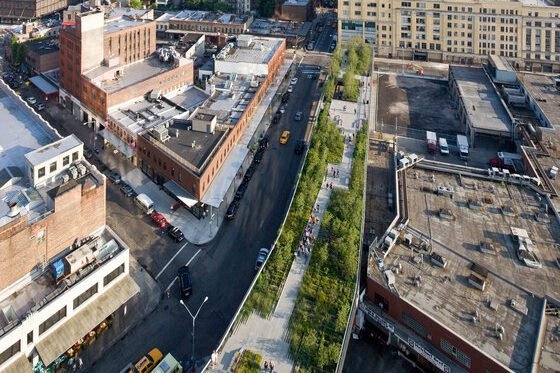
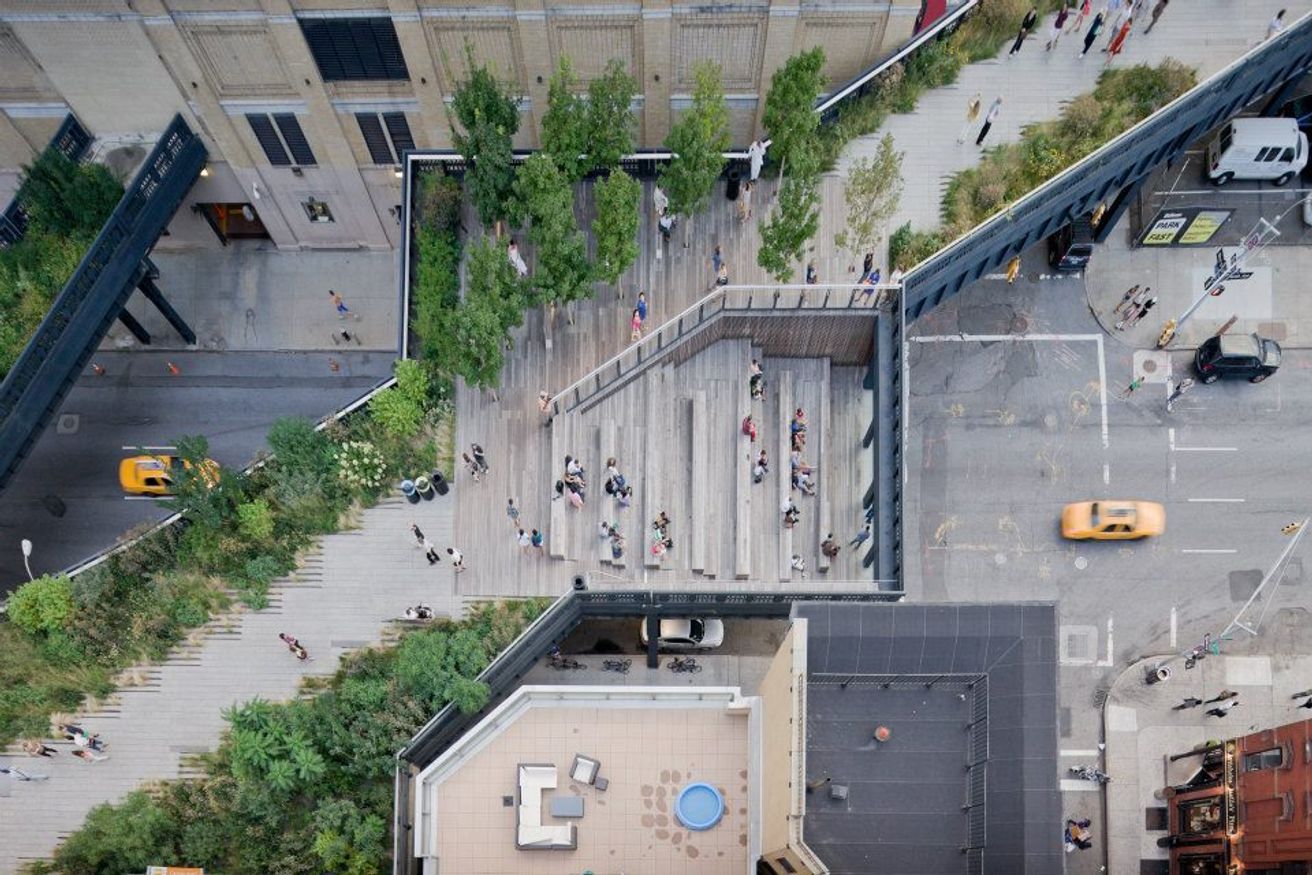
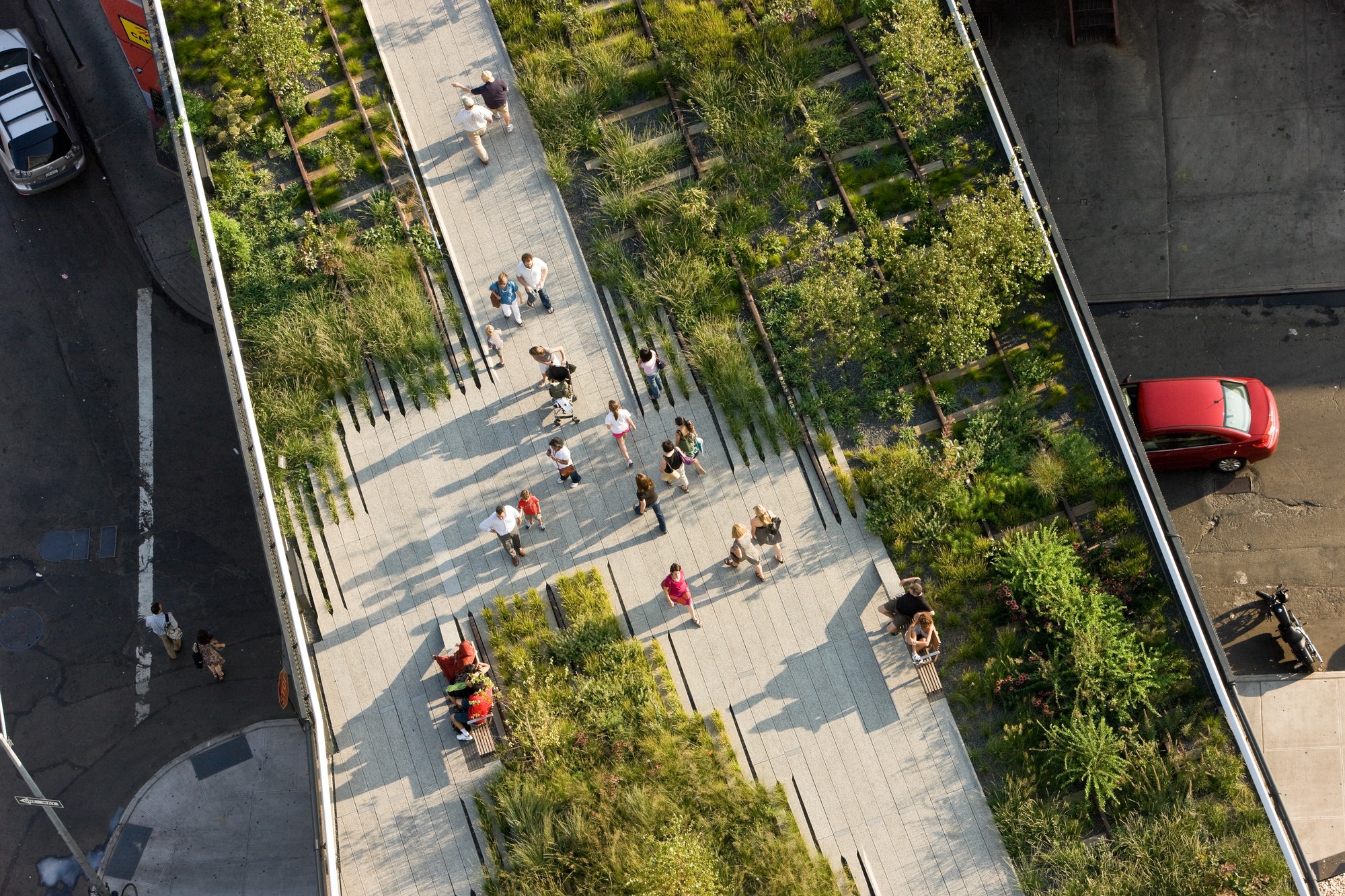
Architecture Thesis Topic #7 – Urban Landscapes with Biophilic Design
Project example: Architecture thesis projects like The High Line are studied thoroughly since the project is an elevated linear park in New York City that stretches over 2.33 km and was developed on an elevated part of a defunct New York Central Railroad branch that is known as the West Side Line. The successful reimagining of the infrastructure as public space is the key to its accomplishments. The 4.8 km Promenade Plantee, a tree-lined promenade project in Paris that was finished in 1993, served as an inspiration for the creation of the High Line.
“Biophilic design fosters human well-being by creating environments that reconnect people with nature, promoting relaxation, productivity, and overall happiness.” – Sarah Johnson, Biophilic Design Consultant.


Architecture Thesis Topic #8 – Augmented and Virtual Reality in Architectural Visualization
An interactive experience that augments and superimposes a user’s real-world surroundings with computer-generated data. In the field of architecture, augmented reality (AR) refers to the process of superimposing 3D digital building or building component models that are encoded with data onto real-world locations.

Architecture Thesis Topic #9 – Sustainable Skyscrapers
There is even a master program called “Sustainable Mega-Buildings” in the UK, Cardiff dedicated to high-rise projects in relation to performance and sustainability. Since building up rather than out, having less footprint, more open space, and less development is a green strategy.
“Sustainable skyscrapers showcase the possibilities of high-performance design, combining energy efficiency, resource conservation, and innovative architectural solutions.” – David Lee, Sustainable Skyscraper Architect.

Architecture Thesis Topic #10 – Circular Economy in Construction
Project example: Building D(emountable), a sustainable and fully demountable structure on the site of a historic, monumental building complex in the center of the Dutch city Delft. Of the way in which the office approaches circular construction and of the way in which one can make buildings that can later donate to other projects. Or even be reused elsewhere in their entirety.
“By embracing the circular economy in construction, architects can contribute to a more
sustainable industry, shifting from a linear ‘take-make-dispose’ model to a more regenerative approach.” – Emily Thompson, Sustainable Construction Specialist.
Conclusion:
These thesis topics for architecture discussed how AI, LEED, and sustainable design are all incorporated into architectural practice. Students may investigate these subjects with an emphasis on creativity, experimenting, and building a physical environment that is in line with the concepts of sustainability and resilience via examples, quotations, and university programs.

